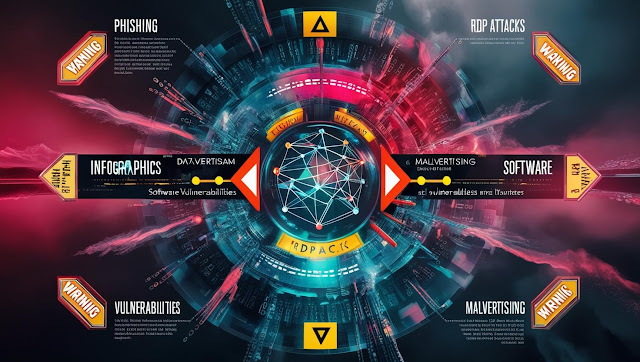Ransomware and Network Protection Strategies
Introduction
Ransomware is one of the most dangerous cyber threats today, targeting businesses, hospitals, schools, and government networks. Understanding how it works and how to defend against it is critical for cybersecurity.
What Is Ransomware?
Ransomware is a type of malware that encrypts a victim's files or systems, demanding payment (usually in cryptocurrency) to restore access. It can spread via email, malicious websites, or network vulnerabilities.
How Ransomware Works
- Infection: A user unknowingly downloads ransomware through phishing or drive-by downloads.
- Encryption: Files or entire systems are locked using strong encryption algorithms.
- Ransom Note: The victim is presented with instructions on how to pay to regain access.
- Propagation: Some ransomware can move laterally across networks to infect more systems.
Common Ransomware Delivery Methods
- Phishing Emails: Contain malicious attachments or links.
- Remote Desktop Protocol (RDP) Attacks: Exploit weak RDP configurations.
- Software Vulnerabilities: Unpatched systems are prime targets.
- Malvertising: Ads with hidden malware that infect when clicked.
Network Protection Strategies
- Regular Backups: Ensure frequent, secure backups are taken and stored offline.
- Email Security: Use spam filters and employee training to spot phishing.
- Patch Management: Keep all software and systems up to date.
- Network Segmentation: Isolate critical systems to contain ransomware spread.
- Endpoint Protection: Deploy antivirus and EDR (Endpoint Detection and Response) tools.
- Zero Trust Model: Verify every user and device before granting access.
Incident Response Plan
Conclusion
Tags:
Backups
Cyber Threats
Cybersecurity
Endpoint Security
Incident Response
Malware
Network Protection
Patch Management
Phishing
Ransomware
Zero Trust







